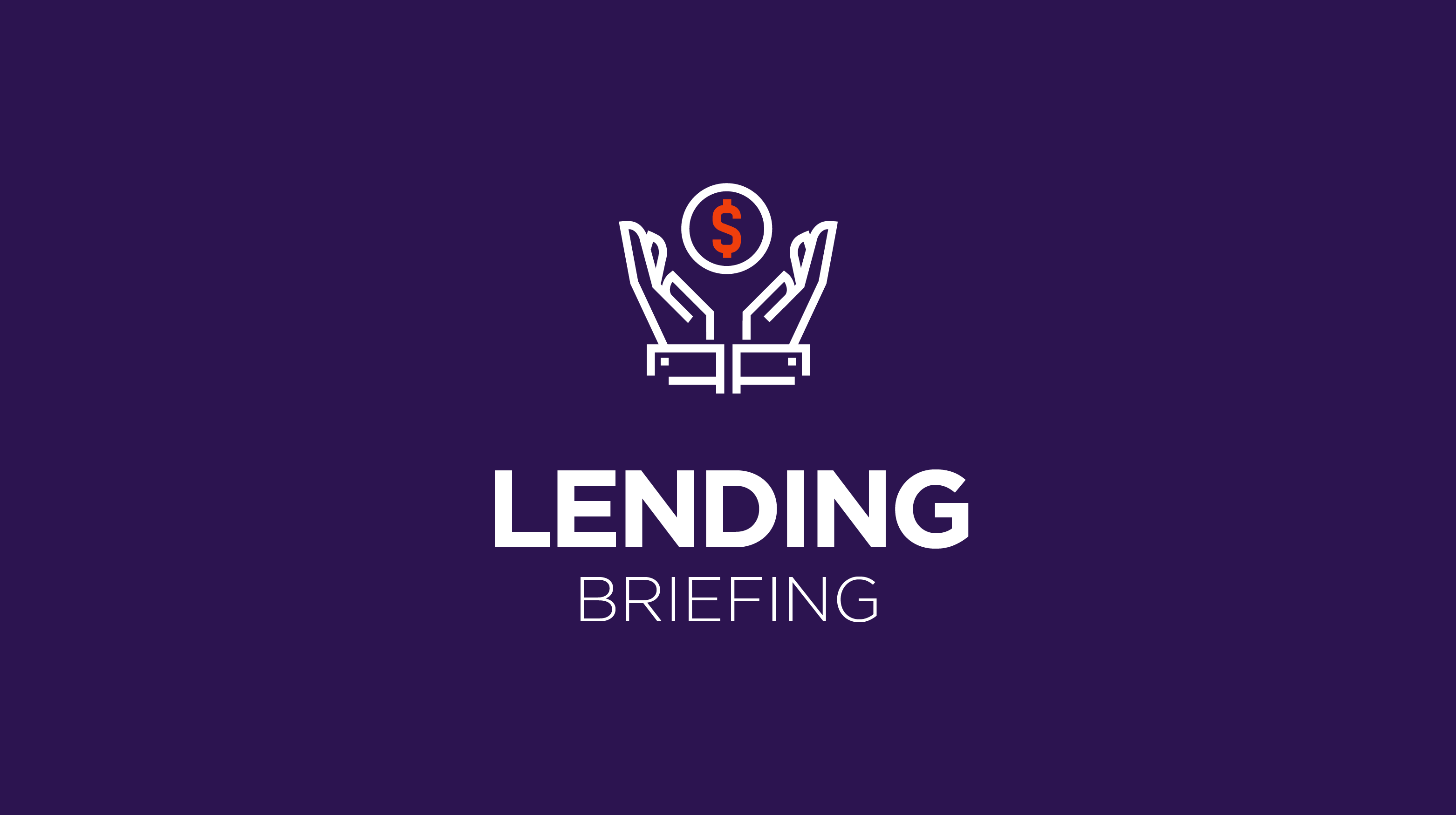Member Exclusive, Online Lenders
Lending Briefing: Commercial digital lending — a lifeline for mid-sized banks?
- Commercial lending is also one of the least digitized areas of operation for most lenders, as paper-based processes continue to be the norm.
- As commercial loan underwriting is tailored to each business, digitization can allow banks to differentiate themselves in areas that have become commoditized.








